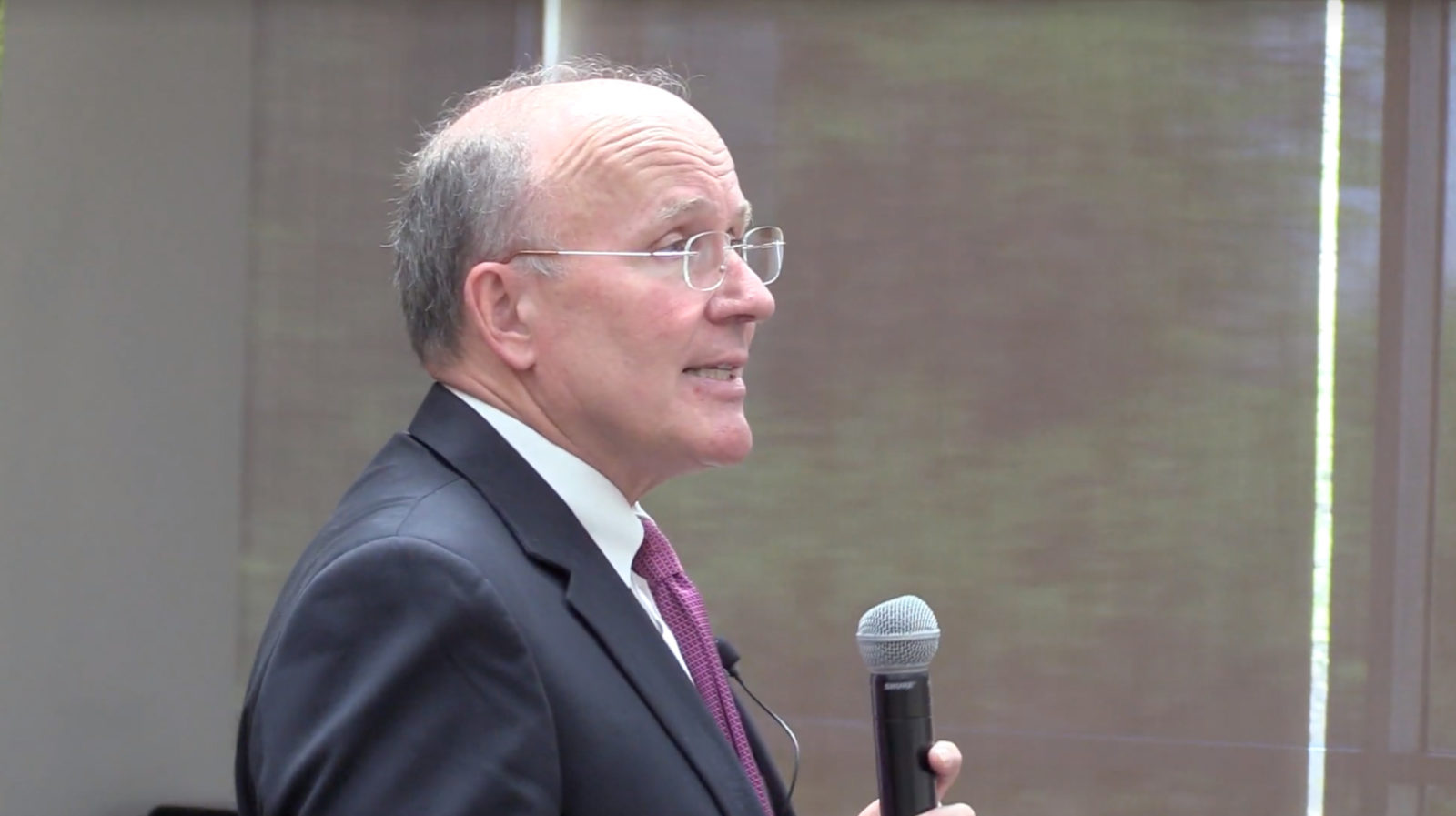The 2020 Census is Here and it’s Counting on You!
In mid-March you will receive a letter from the US Government preparing you to reply to the 2020 Decennial Census. Therewith starts a large series of changes, from numbers for each state in the U.S. House of Representatives to the allocation of $1.5 Trillion in federal aid to states and localities. The 2020 Census also will give us a new Read More ›








